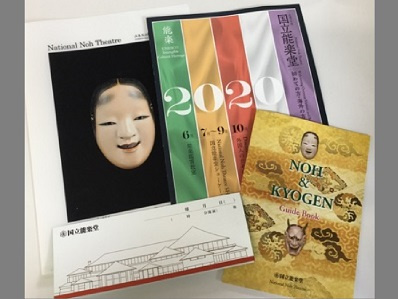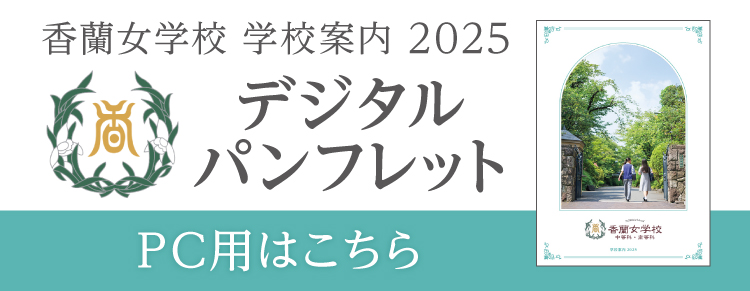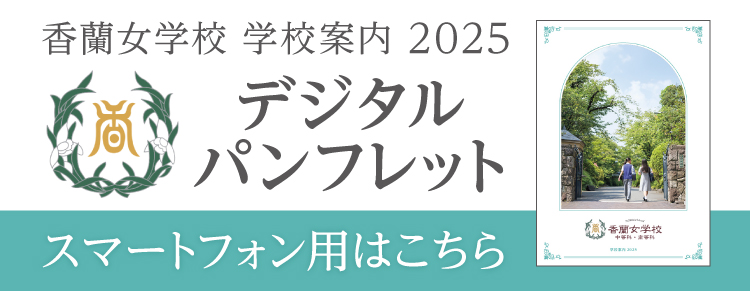最新のお知らせUpdates
能楽を鑑賞されたALTの先生の感想
既に何回かこのトピックスでお知らせしましたように、2018年度二学期からJETプログラム(The Japan Exchange and Teaching Programme)のALT(Assistant Language Teacher)の先生が2名、英国よりいらっしゃっています。
今回先生方は、日本文化鑑賞の一環として、能楽を鑑賞されました。その時の感想を先生が書いてくださいましたので、掲載いたします。
A Japanese Tradition: Nohgaku
Ms Ngo and I were recently given the privilege to see a Noh performance at the National Noh Theatre. Nohgaku we learned has been passed down for generations, it is 600 years old and a fascinating part of Japanese culture that is still widely celebrated today. Noh is elegant whereas Kyogen is more comical. We were lucky enough to see both.
The first performance, a Kyogen performance, was titled Narihara’s Mochi. This light hearted play consisted of twists and turns that left the audience laughing through-out. The story pictures a famous writer of the Heian Period, Narihira Ariwara on a pilgrimage to Tamatsu Island Shrine. Much to the delight of a shop owner, he stops off to fill his empty stomach. At first the shop owner didn’t recognise his luck and there is a dialog where Narihira tries to comically pay for the mochi with his leg but after some to and fro, an agreement is reached. The mochi owner gives his daughter to Narihira in exchange for the mochi with the understanding that she can serve in the palace. Unbeknownst to Narihira his luck may just have run out!
The second performance was a Noh performance, titled Koi no Omoni. This play had much more serious tones as an elderly gardener working in the emperor’s palace lay eyes on a beautiful court lady. It is love at first sight for the gardener but the court lady is all too aware of the gap in their social status. She allows the gardener to see her so long he can carry a heavy stone wrapped in beautiful brocade around the garden. He agrees but soon comes to realise it’s impossible as he is unable to lift it’s weight. He dies with a heavy heart but his ghost lingers…
Both plays were very enjoyable and I would highly recommend anyone to see them. We were fascinated at the beauty of the performances, from the acting to the costumes and of course the traditional wooden, Nohgaku stage. Furthermore we were gifted a brochure detailing more performances to be subtitled in English in 2020, around the Tokyo Olympics, a perfect time to show the world the majesty of this art.














